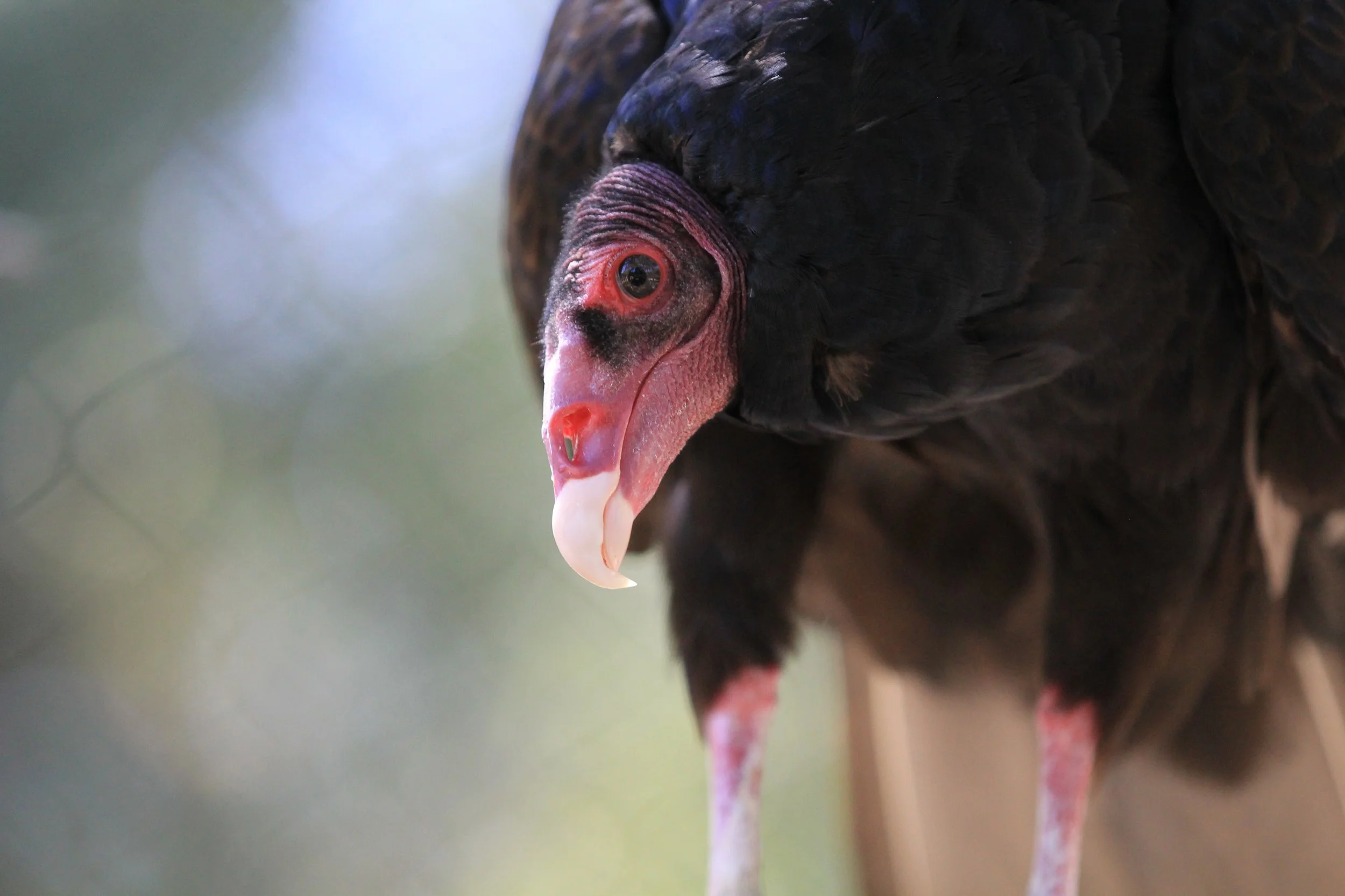PBS Animal Spotlights
In partnership with KIXE-TV Channel 9, Turtle Bay Exploration Park presents PBS Animal Spotlights, a series of one-minute videos highlighting educational information about Turtle Bay’s most popular animal ambassadors.
Watch PBS Kids weekdays, 7 am to Noon, to catch these on the on the air!
To learn more about Turtle Bay’s unique animals, click here.
Bobcats are the most abundant wildcat in North America but, being so elusive, it’s hard for anybody to ever spot one. Bobcats get their name from the shortened or bobbed tail. The coloration of a bobcat’s fur depends on where they live. If they live in the woods, they have a lot of spots. If they live in the open areas, it’s more solid.
The Red Fox are the largest member of the fox family. Their hearing is so good, they can hear a mouse 3 feet under snow. These fox were originally from England, but were brought with them around the world. They are now considered invasive species, which means they’re not supposed to be here and are causing harm to other wildlife.
Beavers are completely designed for life around the water. They have special membranes across their eyes that act like goggles. Their fur is waterproof. Their feet, back feet, are webbed and they’ve got that flat tail that acts like a rudder.
Lorikeets are often referred to as the “clowns of the Parrot world”, due to their playful nature. These colorful little birds love to interact with our guests, so come down and visit them at Turtle Bay Exploration Park’s Parrot Playhouse!
Kookaburras are the largest member of the kingfisher family but they eat almost anything except fish. They eat rodents, lizards and even snakes.
Turtles are a unique group of animals that live from the driest desert to the deep ocean. Some of our native turtles here are the Western Pond Turtle and the Desert Tortoise, which you can see here at Turtle Bay.
Skunks are known for their stinky odor, but did you know that they only spray if they think their life is in danger? When skunks are afraid, they stomp their feet, backup, and scrape the ground to warn predators that they mean business. They can spray their pungent odor up to 14 feet in a stream or a mist.
Badgers are very intelligent animals. Despite having a really ferocious reputation, they’re actually fairly docile and solitary. Badgers are equipped with large front claws for digging, as they go after their favorite food of underground rodents. They can actually dig over 3 feet per minute!
Vultures are the single most important scavengers in the world. Turkey vultures are able to consume so many different types of viruses and bacterias that would normally kill other animals. Things like salmonella, anthrax, and even botulism. Because of this incredible immune system, vultures are really important with keeping us healthy.
As seen on KIXE-TV Channel 9










